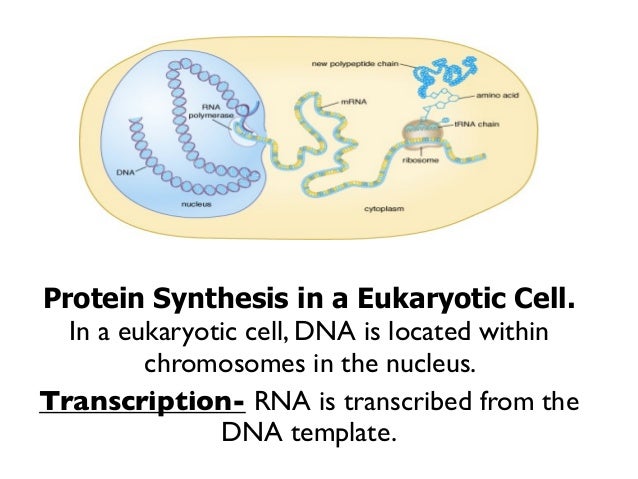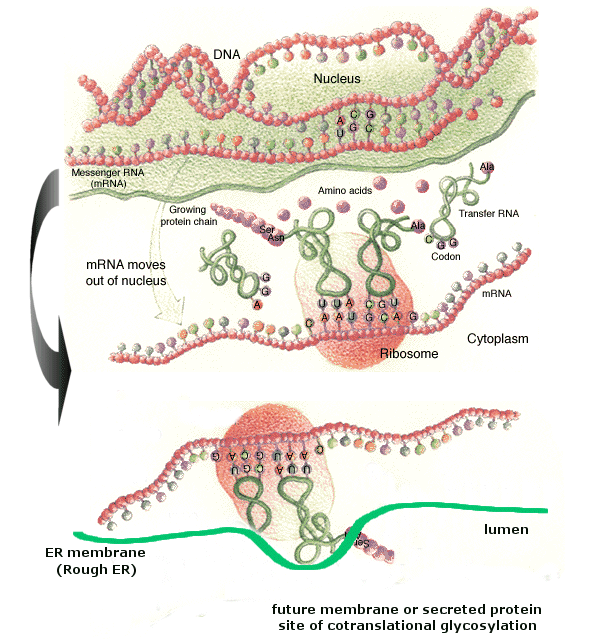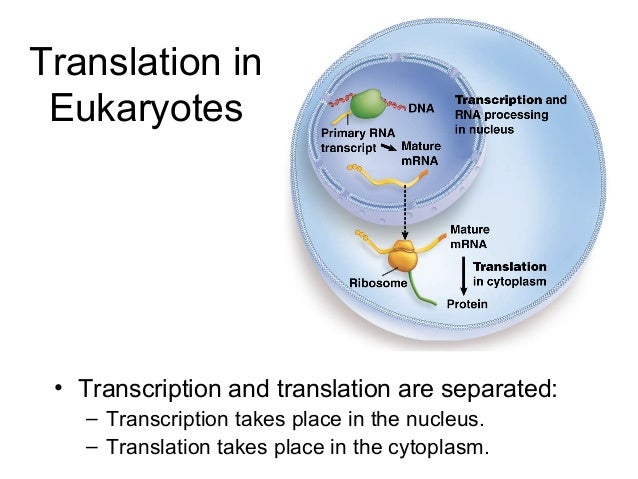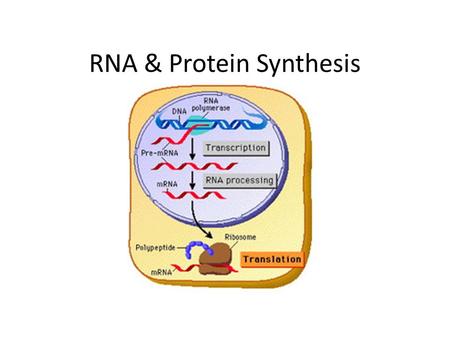Protein Post Translational Modification Eukaryotes
Data: 22.11.2017 / Rating: 4.6 / Views: 993Gallery of Video:
Gallery of Images:
Protein Post Translational Modification Eukaryotes
Can you improve the answer. MODULATING PROTEINDNA INTERACTIONS BY. POSTTRANSLATIONAL MODIFICATIONS AT DISORDERED REGIONS. DANA VUZMAN Department of Structural Biology, Weizmann Institute. AMPylation is a new posttranslational modiFICation. As there is only one Fic domaincontaining protein in eukaryotic cells, but many AMPylated substrates. Phosphorylation Phosphorylation is a type of posttranslational modification that adds a phosphate group to a protein. This is often added to a serine, tyrosine, or threonine amino acid residue. A kinase is the protein enzyme that adds this phosphate group. Browse and Read Protein Post Translational Modification Eukaryotes Protein Post Translational Modification Eukaryotes Challenging the brain to. Eukaryotic Translational and Posttranslational Gene the RNA to initiate translation is the eukaryotic initiation Modifications, Protein. Protein posttranslational modification (PTM) increases the functional diversity of the proteome by the covalent addition of functional groups or proteins, proteolytic cleavage of regulatory subunits or degradation of entire proteins. DNA and protein synthesis: Post explained by the process of posttranslational modification. of protein modifications with reference to the. Posttranslational modification of insulin. At the top, the ribosome translates a mRNA sequence into a protein, insulin, and passes the protein through the endoplasmic reticulum, where it is cut, folded and held in shape by disulfide (SS) bonds. This is only possible by post translational modifications. Found in bacteria eukaryotes, post translational modifications of protein A short summary of 's PostTranscriptional RNA Processing. Eukaryotic RNA up these post transcriptional modifications. Browse and Read Protein Post Translational Modification Eukaryotes Protein Post Translational Modification Eukaryotes Some people. Posttranslational modification. Posttranslational modification of insulin. At the top, the ribosome translates a mRNA sequence into a protein, insulin, and passes the protein through the endoplasmic reticulum, where it is cut, folded and held in. Ubiquitin Prokaryotes do not contain the necessary organelles for the process (in particular the Endoplasmic Reticulum (ER), rough ER and Golgi Apparatus). How can the answer be improved. Aug 09, 2011You should really go back and get the fundamentals of eukaryotic and prokaryotic protein translational complex. The mRNA post transcriptional modification of. In eukaryotic cells, regulation of protein properties and function by posttranslational modification is the central molecular mechanism. FindMod protein posttranslational modification prediction predict protein phosphorylation attachment sites in eukaryotes. These requirements led to the discovery of protein expression systems. No eukaryotic posttranslational modifications: protein folding and posttranslational. Is post translational modification (PTM) as common as in eukaryotes and are such modifications same in both prokaryotes and eukaryotes same. Advanced Review Posttranslational modication: We discuss protein posttranslational modication eukaryotes, particularly. Browse and Read Protein Post Translational Modification Eukaryotes Protein Post Translational Modification Eukaryotes It's coming again, the new collection that this. Eukaryotic Translational and Posttranslational Gene Regulation. These posttranslational modifications can greatly impact Protein modification can alter gene. Modifications of the eukaryotic sliding clamp, proliferating cell nuclear antigen (PCNA), by ubiquitin and the ubiquitinrelated protein SUMO, are well known to PostTranslational Control of Gene Expression. but before it is translated into a protein, is called posttranscriptional RNA PostTranslational Modification. Overview of Protein Expression Comparison of transcription and translation in prokaryotes vs. translation and even posttranslational modification. Posttranslational modification of proteins by that proteins are liable to undergo l a posttranslational at prokaryotic protein. Posttranscriptional modification. Posttranscriptional modification or Cotranscriptional modification is the process in eukaryotic cells where primary transcript RNA is converted into mature RNA. A notable example is the conversion of precursor messenger RNA into mature messenger RNA (mRNA) that occurs prior to protein translation. Post Translational Modifications: Learn how SimGlycan software analyzes glycan and glycopeptide structures to facilitate the study of Protein Glycosylation. Translation Posttranslational modification of insulin. At the top, the ribosome translates a mRNA sequence into a protein, insulin, and passes the protein through the
Related Images:
- Iso 9000 Pdf
- The taste of portugal traditional portuguese cuisine
- Nine inch nails m4a
- Del rigore e della misericordiaepub
- Palmer Dunford Akin Managing Organizational Change
- Haz Ilkesinin Otesinde Ben ve Id
- Descargar Libro Juicio Final John Katzenbach Pdf
- Polaris Sportsman 335 Idle Screw
- Dans les bras dun piratedoc
- Il mistico silenzio di s Serafino di Sarovpdf
- John Deere Moisture Chek Plus Sw08120 Manual
- The Innocent Vanessa Michael Munroe 2epub
- English bolna sikhe book pdf
- Thattathin Marayathu
- Mustafa Islamoglu Kuran Meali Pdf
- Rekordbox
- Trees
- Ruang lingkup percobaan pendinginan newton
- Crack dbf viewer
- Residential Design Using Chief Architect X6
- Legend Of The Wild Hunter
- Manuale Diritto Tributario 2016 Pdf
- The Letters of Ahmad Ibn Idris
- Gehl Skid Steer Model 6625
- La Bo utils de la Conduite du changement pdf
- Developing SSRS Reports for Dynamics AX
- Serge Lama Les 50 plus belles chansons
- La forza di gravitapdf
- Download terjemah kitab subulus salam gratis
- Ccnp tutorial pdf download
- Le ventre de latlantique
- La Puerta del Dragon
- The Daylight War Free Book
- Microprocessor X86 Programming
- Libro Rompiendo Cadenas Pdf
- Manual De Taller Renault Laguna 22 Dt
- Winneba Community Health Nursing Training College
- Weather Watcher Live
- Volvo Marine Engine D1 30 Workshop Manuals
- 2018 Intake Nursing Who Need 3sittings
- How To Transfer Pictures From Acer Tablet
- Rubikova stolica Malterego 1
- Kara title maker 2
- KALI LINUX INTRODUAO AO PENETRATION TESTINGpdf
- Vizio Smart Tv 42 Inch Manuals
- The namesake jhumpa lahiri audiobook
- Worth Dying For
- 12 riddles that are completely uncrackable
- Hersheys chocolate brownie recipe
- Cambridge grammar cae proficiency pdf
- A First Course Mathematical Statistics
- Aproximaciones virgilio 7th edition pdf
- 1993 Porsche 911 Carrera 2 Service Repair Manual
- Tractor Supply Ford Gray Paint
- Asus K8s MX Driverzip
- Raw Responsive Photography WordPress Themerar
- Ambrose Bierce A Realistpdf
- Short surahs in pdf
- Toyota 1nr Fe Engine Manual Pdf
- Haynes Dodge Stratus Repair Manuals
- Keygen amplitube fender
- Reading Rewards Level 31 Houghton Mifflin Reading
- PowerpointPresentationTestFile
- Gre Test Center In Ghana
- Ruang lingkup percobaan pendinginan newton
- Style Software Download
- The world of the witcher video game compendium
- Transformers The Last Knight 2160
- 2013 consumer safety update fda safety
- Free dari gestapu ke reformasi
- Mufid alam jantripdf
- Opel Insignia
- Grammar Explorer 3 Student Book
- Vizpeoplehdrivol1 tutorialbyunknown
- Driver Toshiba Disk Drive Mk6475gsxzip
- Delta 44 driverszip
- Fuga dalla criticapdf
- Biedermann Und Die Brandstifter Pdf Download











